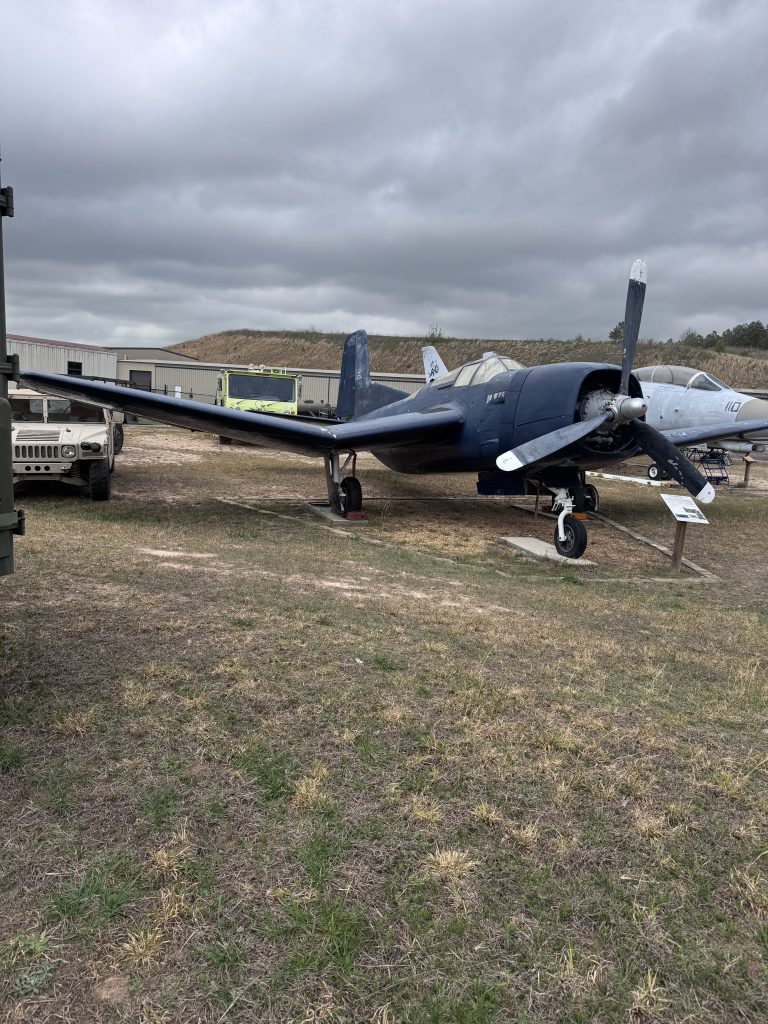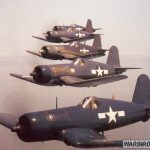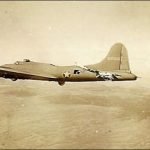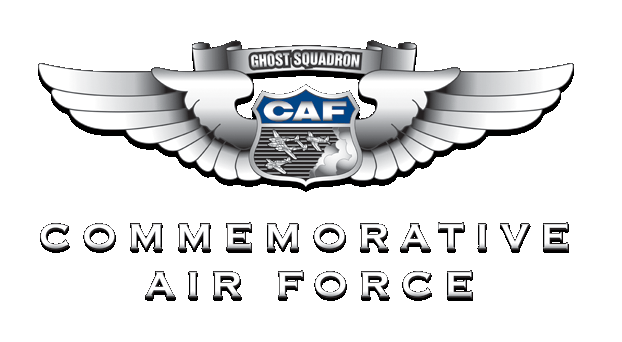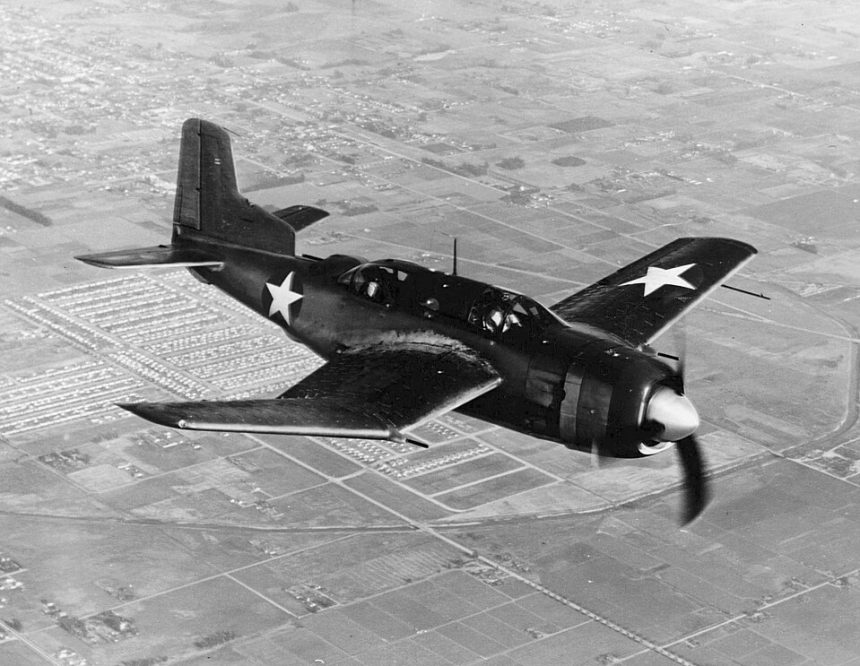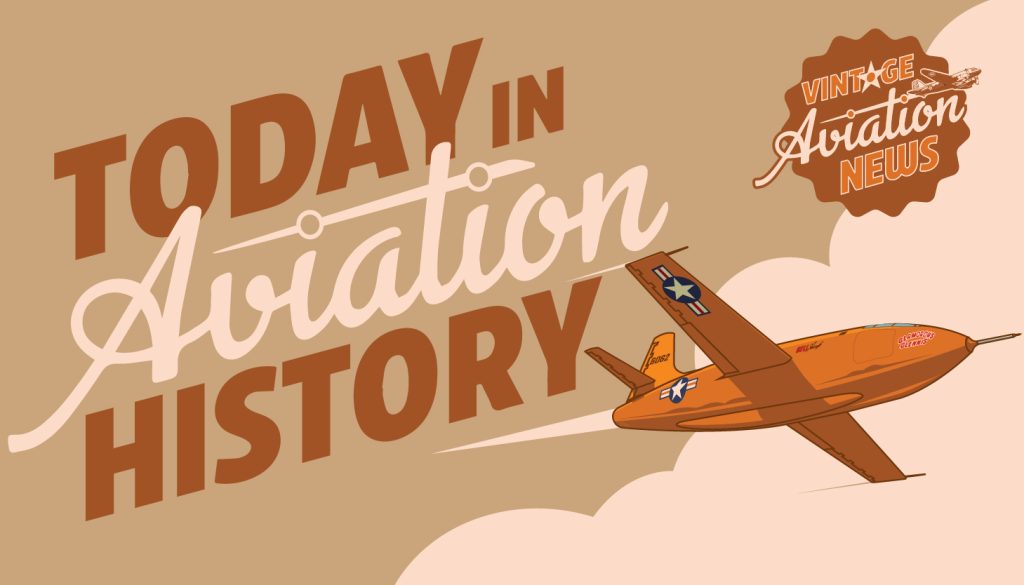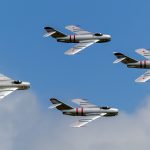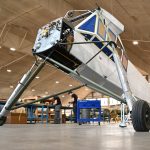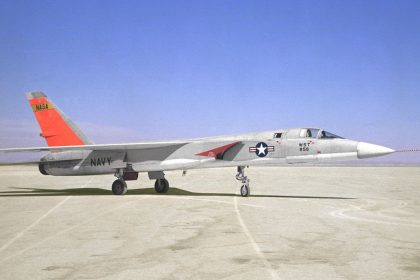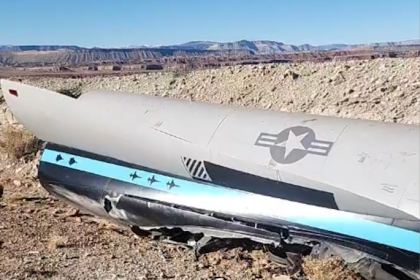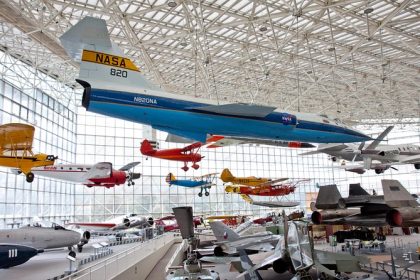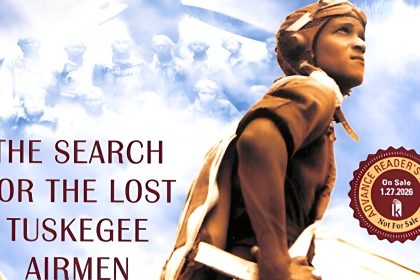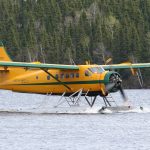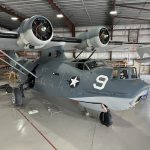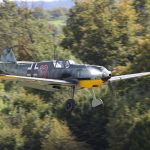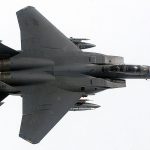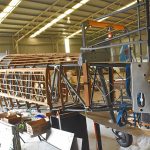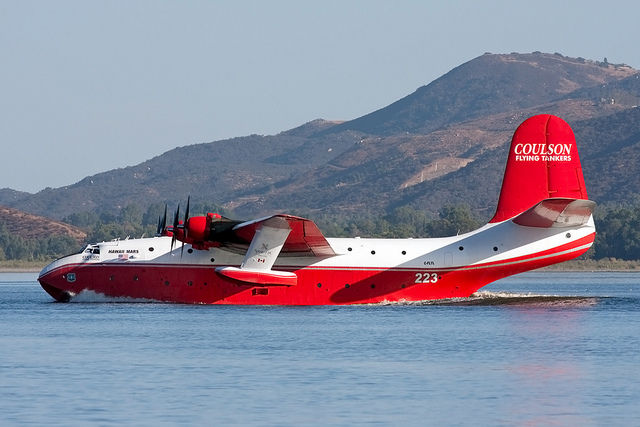On this day in aviation history—April 8, 1943—the Douglas BTD Destroyer took to the skies for its maiden flight, marking the 82nd anniversary of this ambitious World War II-era design. Conceived as a dive and torpedo bomber for the United States Navy, the aircraft stemmed from a Navy requirement issued on June 20, 1941. The goal was to develop a next-generation bomber to replace the aging Douglas SBD Dauntless and the Curtiss SB2C Helldiver.
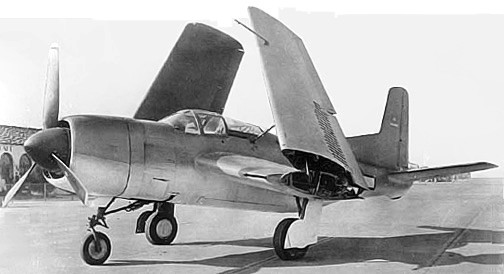
The resulting design was the XSB2D-1, a large, single-engine monoplane that incorporated several forward-thinking features. It sported laminar flow wings for better aerodynamics and tricycle landing gear—an uncommon configuration for carrier-based aircraft at the time. During early test flights, the prototype demonstrated significant potential. It was faster than the SBD and capable of carrying a greater payload. However, the aircraft also proved to be heavier and more complex than the Navy’s existing dive bombers. In response, Douglas made several refinements. The second crew member and dorsal turret were eliminated, additional armor and fuel capacity were added, and the underwing racks were upgraded to carry a larger torpedo load. These improvements culminated in the BTD-1 variant.
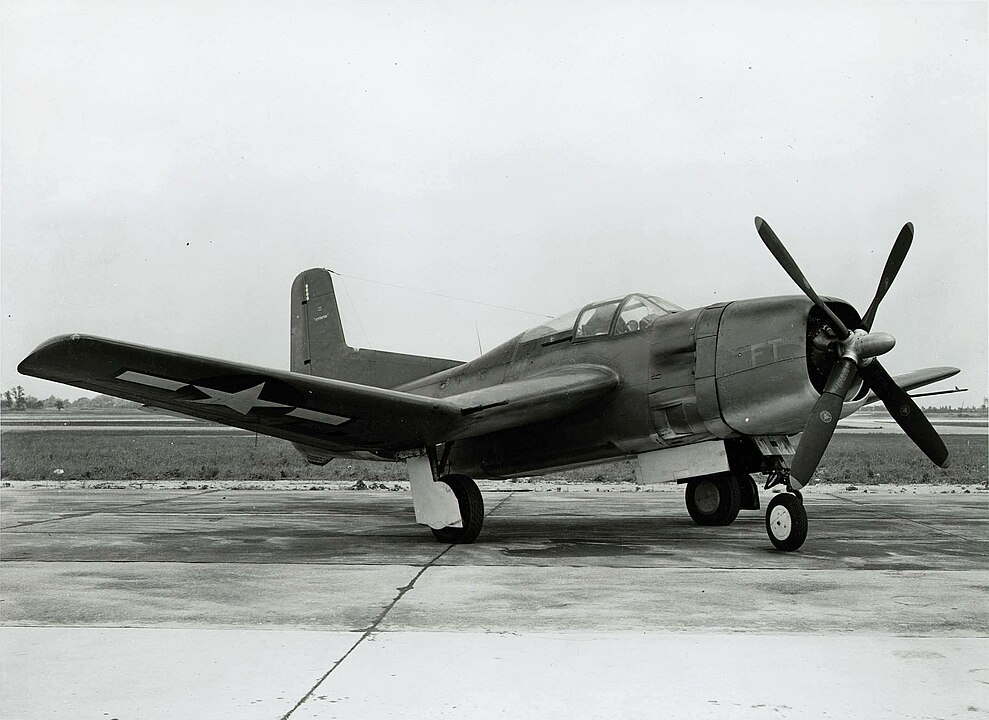
Powered by a Wright R-3350-14 Cyclone 18-cylinder radial engine producing 2,300 horsepower, the Destroyer had a top speed of 344 mph and cruised at 188 mph. It was armed with two 20 mm AN/M2 cannons and could carry up to 3,200 pounds of bombs internally or nearly 2,000 pounds of torpedoes under the wings.
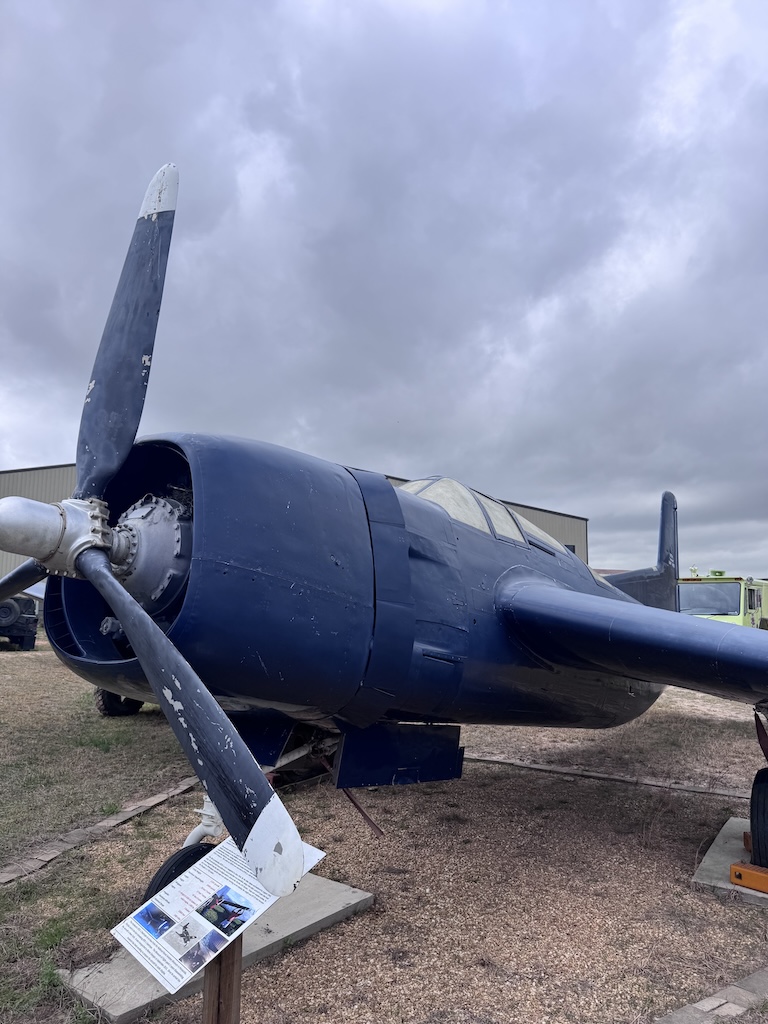
The first production BTD-1s were completed in June 1944, with only 28 units delivered before Japan’s surrender in August 1945. With the end of the war and other, more capable aircraft available, production was halted, and the BTD program was ultimately cancelled. Today, only one Douglas BTD-1 Destroyer survives: Bureau Number 04959. After years of static restoration at the Wings of Eagles Discovery Center in Elmira, New York, the aircraft was transferred in 2015 to The Museum of Flight, an aviation museum located at the Paulding County Airport in Dallas, Georgia, where restoration was completed. It now stands proudly on display—a rare and revolutionary relic from the golden age of naval aviation.
